
Introduction
In today’s digital environment, artificial intelligence (AI) and machine learning (ML) are getting more and more popular. Because of their growing popularity, machine learning technologies and algorithms should be mastered by IT workers.
Specifically, Python machine learning libraries are what we are investigating today. We give individuals a head start on the new year by previewing the top libraries that ML experts will be utilizing in 2022.
Here is the list of top 15 Python Libraries For Machine Learning in 2022:
- TensorFlow
- Keras
- OpenCV
- Scikit-learn
- SciPy
- Matplotlib
- Seaborn
- NLTK
- PyTorch
- Theano
- PyCaret
- Caffe
- CNTK
- Fast.ai
- Nolearn
Now, let’s check all Python libraries in detail
1. TensorFlow

The free and open-source TensorFlow Python library specializes in a type of programming known as differentiable programming, which allows for the automatic computation of a function’s derivatives in high-level languages. TensorFlow’s adaptable architecture and framework enable the quick development and evaluation of both machine learning and deep learning models. On desktop and mobile devices, machine learning models may be visualized using TensorFlow.
To Learn More About Tensorflow: TensorFlow 2.0 Complete Course – Python Neural Networks for Beginners Tutorial
2. Keras

In most use scenarios, Keras’s simple design and low cognitive burden result in minimal user engagement. One of the greatest Python packages for learning about Deep Neural Networks is Keras because of its capability.
The scalability offered by Keras, a vital component of the TensorFlow ecosystem, enables you to easily scale your models to clusters of GPUs as necessary.
To Learn More About Keras: Getting Started with Keras
3. OpenCV
_1.png?width=250&height=250)
For use in real-time computer vision projects, OpenCV is a library with a variety of programming capabilities. It is able to recognize people, objects, and handwriting after processing a range of visual inputs from picture and video data.
Computational effectiveness was a consideration in OpenCV’s design. The library makes the most of its multicore processing capabilities to enable applications to place a significant emphasis on real-time data processing. Additionally, it has a vibrant and encouraging online community that sustains it.
To Learn More About OpenCV: OpenCV Course – Full Tutorial with Python
4. Scikit-learn

Scikit-learn, a free Python package that is sometimes seen as a direct extension of SciPy, is based on NumPy and SciPy. It was created primarily for creating supervised and unsupervised machine learning algorithms and data modeling.
Scikit-learn is user- and beginner-friendly due to its straightforward, intuitive, and consistent interface. Scikit-learn excels in data modeling, which limits its application, but it does a great job of letting users edit and exchange data any way they need to.
To Learn More About Scikit-learn: Scikit-Learn Course – Machine Learning in Python Tutorial
5. SciPy
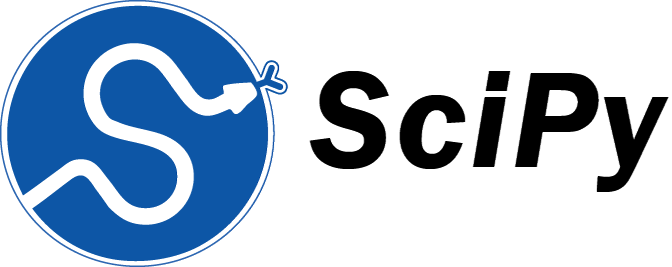
Many different data modeling principles, including regression, classification, clustering, and model choices, are the main emphasis of Scikit-learn. The library is built on top of Matplotlib, Scipy, and Numpy. It is a very simple library that is both open-source and commercially viable. It is easily integrable with other machine learning frameworks such as Numpy and Pandas for analysis and Plotly for graphical data charting for visualization. This library is beneficial for both supervised and unsupervised learning.
To Learn More About SciPy: Introduction to Python SciPy | Python SciPy Tutorial For Beginners | Edureka | Python Rewind – 3
6. Matplotlib

Before forwarding the data to data processing and machine learning training, it is helpful to visualize data using the Matplotlib module in Python. It creates graphs and charts using object-oriented APIs and Python GUI toolkits. Additionally, Matplotlib offers a MATLAB-like user interface so that users may perform operations that MATLAB can perform. This open-source, free package offers multiple extension interfaces that connect the matplotlib API to a variety of other libraries.
To Learn More About Matplotlib: HOW TO USE Matplotlib in 4 MINUTES (2020 Python Tutorial)
7. Seaborn
Another open-source Python library, Seaborn, employs Pandas’ data structures and is built on Matplotlib (which focuses on charting and data visualization). As a result of its ability to provide plots of learning data, Seaborn is frequently employed in ML projects. It creates the most aesthetically beautiful graphs and plots out of all the Python libraries, making it a good choice if you’ll also use it for data analysis and marketing.
To Learn More About Seaborn: Introduction to Seaborn | How seaborn Python works with matplotlib along with seaborn and pandas
8. NLTK

Natural Learning Tool Kit is an abbreviation that promotes natural language processing. It is regarded as one of the most widely used human language data libraries. Engineers may use NLTK to access a wide range of lexical resources, including FrameNet, WordNet, and Word2Vec. Other benefits of NLTK include handwriting and voice recognition, text categorization and tokenization, word lemmatization, and stemming.
To Learn More About NLTK: Introduction To Natural Language Toolkit (NLTK) | NLTK Tutorial in Python
9. PyTorch

Natural language processing (NLP), computer vision, and a wide range of other Machine Learning algorithms are all supported by PyTorch’s extensive collection of tools and libraries. Pytorch facilitates the creation of computational graphs and enables developers to do calculations on Tensors with GPU acceleration. It competes fiercely with TensorFlow, one of the greatest deep learning and machine learning frameworks.
To Learn More About PyTorch: PyTorch in 5 Minutes
10. Theano

Popular Python machine learning package Theano creates, evaluates, and optimizes strong mathematical equations rapidly and effectively. Theano does this by increasing the efficiency of CPU and GPU use. Due to the fact that it can identify and diagnose many types of faults, it is also frequently used for unit testing and self-verification. Theano is a tremendously strong library that is ideal for complex, long-term, computationally demanding scientific endeavors. However, it is also simple and friendly enough for anyone to employ on their projects.
To Learn More About Theano: Theano – Ep. 17 (Deep Learning SIMPLIFIED)
11. PyCaret

Based on the Caret machine learning library created in R, PyCaret is an open-source Python machine learning library. Standard procedures and ML programs may be automated and made simpler with PyCaret’s capabilities. It enables ML developers to quickly spot-check a wide range of common ML and DL methods on a collection of classification or regression data.
To Learn More About PyCaret: Quick tour of PyCaret (a low-code machine learning library in Python)
12. Caffe

Convolutional Architecture for Fast Feature Embedding, or Caffe. With Caffe’s expressive design, you can define and optimize your models without needing to write a lot of complicated code. Additionally, it enables the seamless switching between CPUs and GPUs, the training of machines on a GPU, and the deployment of such machines across many platforms and scenarios. Caffe can handle more than 60 million pictures per day, which makes it ideal for scaled industrial implementation and arbitrary experimentation.
To Learn More About Caffe: NVIDIA Deep Learning Course: Class #3 – Getting started with Caffe
13. CNTK
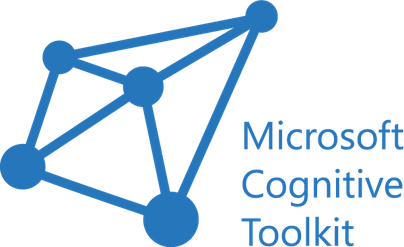
The Microsoft Cognitive Framework is “an open-source toolkit for commercial-grade distributed deep learning,” according to its creators. It defines neural networks as a directed graph’s worth of computational processes. Users may easily realize and mix well-liked model types such as feed-forward DNNs, recurrent networks (RNNs/LSTMs), and convolutional nets (CNNs).
To Learn More About CNTK: Microsoft Cognitive Toolkit (CNTK) Demo
14. Fast.ai
Use this library to train neural networks quickly and precisely using current industry best practices. Fast.ai’s research on deep learning best practices was used to create this library. Models including collab, tabular, text, and vision have built-in support.
To Learn More About Fast.ai: What is NLP? (NLP video 1)
15. Nolearn
In addition to various machine learning utility modules, Nolearn includes a variety of abstractions and wrappers over popular neural network libraries like Lasagne (a small library for creating and training neural networks). The whole Nolearn source code was created to work with Scikit-learn.
To Learn More About Nolearn: Nolearn
More Python Libraries for Machine Learning
As previously said, there are thousands of thousands of machine learning libraries. This means that there are other excellent Libraries besides those on the list. However, discussing them all would exceed the scope of this paper.
As a result, this section will go through some of the best machine learning libraries accessible. Here’s the rundown:
1. Numpy

Numpy is used to handle multidimensional data and complex mathematical functions. Numpy is a rapid computing package that can handle everything from fundamental algebra to Fourier transformations, random simulations, and shape manipulations. This library is developed in C, giving it an advantage over normal Python built-in sequencing. In terms of indexing, Numpy arrays outperform Pandas series, and Numpy performs better when the number of records is smaller than 50k.
To Learn More About Numpy: Numpy Tutorial in Hindi
2. Pandas
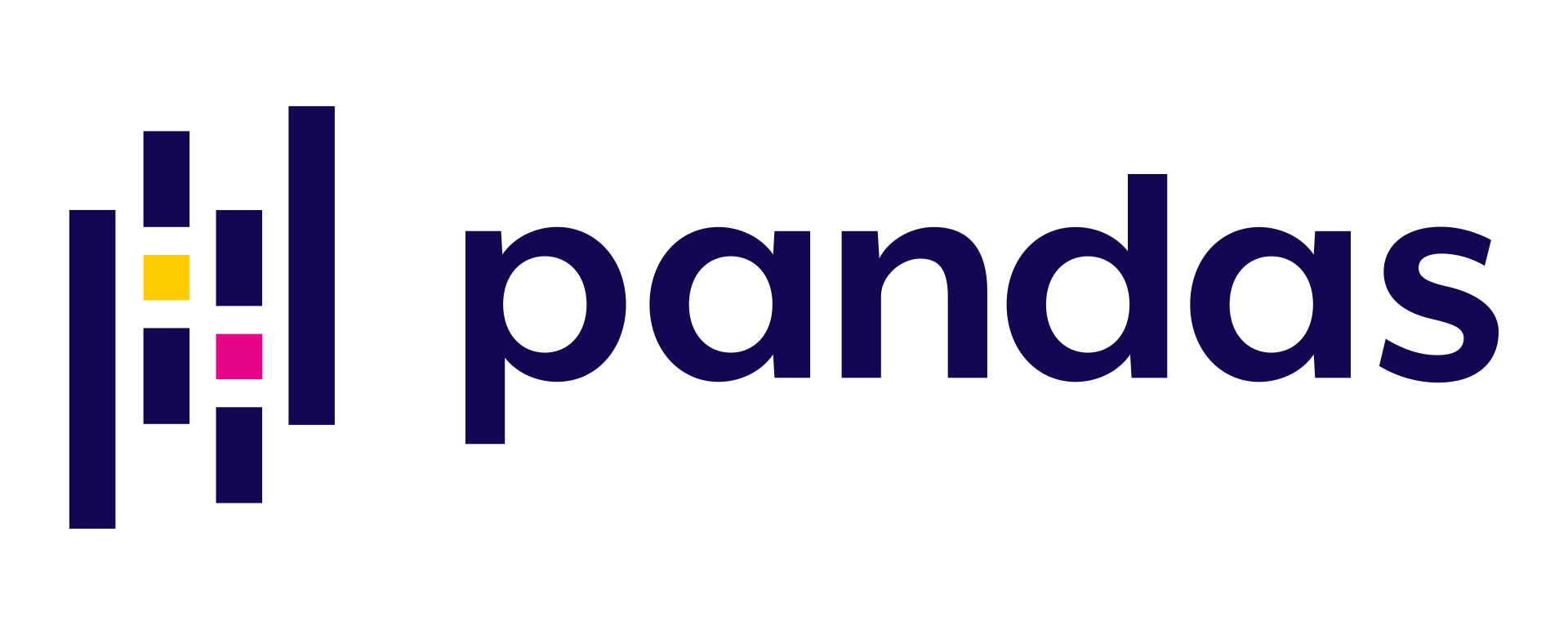
Pandas is a data manipulation tool for numerical and time series data. It defines three-dimensional and two-dimensional data using data frames and series, respectively. It also has tools for indexing vast amounts of data in order to do rapid searches across enormous datasets. It is well-known for its data reshaping capabilities, pivoting on user-defined axes, managing missing data, merging and connecting datasets, and data filtration features. Pandas are extremely handy and speedy for dealing with huge datasets. When the records are more than 50k, it beats the Numpy.
To Learn More About Pandas: LEARN PANDAS in about 10 minutes! A great python module for Data Science!
3. NetworkX
NetworkX is a Python package for graph and network analysis. It is intended for use in the real world, i.e., huge graphs. NetworkX is based on a Python-only “dictionary of dictionary” data structure. As a result, the machine learning library is an extremely fast, portable, and scalable solution for studying networks and social networks.
To Learn More About NetworkX: Introduction to NetworkX in Python
4. Shark
SHARK is a machine learning library that is both fast and modular. It provides a variety of ML approaches, including kernel-based learning algorithms, linear and nonlinear optimization, and neural networks. SHARK is a robust toolset for developing real-world ML-based applications as well as an outstanding ML library for academic purposes.
To Learn More About Shark: An Introduction into Machine Learning C++ Libraries: Envt Lib Characters of Shark| packtpub.com
5. Jblas
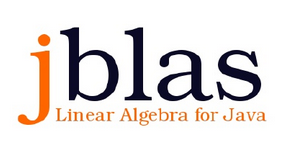
Jblas is a Java programming language cross-platform linear algebra library. It is based on BLAS and LAPACK. Since its first release in March 2009, the ML library has gained popularity in scientific computing. jblas includes precompiled binaries that are intended for use with native programs through the JNI (Java Native Interface). It is commonly seen in software packages such as JLabGroovy and UJMP (Universal Java Matrix Library).
To Learn More About Jblas: http://jblas.org/
6. DyNet
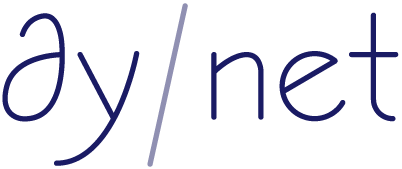
DyNet is a neural network library that creates a computational graph on the fly. This streamlines and improves the implementation of variable input and variable-output models. DyNet is optimized for networks with dynamic architecture that vary with each training instance. Despite being built in C++, the ML library has Python bindings.
To Learn More About DyNet: https://github.com/clab/dynet
Conclusion
This concludes the list of the top 15 machine learning libraries. Learning to deal with libraries is essential no matter what programming language or area of development a developer is working in. This helps to simplify things and reduces the laborious work.
Libraries come and go, but the knowledge endures. Once you’re familiar with the core principles of libraries, you may quickly switch out or extend to other accessible possibilities. All the best!
Do you agree with our list? What libraries should or should not be included on the list? Please let us know in the comments section. Want to improve your machine learning skills?
Also Read:
- Flower classification using CNN
- Music Recommendation System in Machine Learning
- Top 15 Machine Learning Projects in Python with source code
- Gender Recognition by Voice using Python
- Top 15 Python Libraries For Data Science in 2022
- Top 15 Python Libraries For Machine Learning in 2022
- Setup and Run Machine Learning in Visual Studio Code
- Diabetes prediction using Machine Learning
- 15 Deep Learning Projects for Final year
- Machine Learning Scenario-Based Questions
- Customer Behaviour Analysis – Machine Learning and Python
- NxNxN Matrix in Python 3
- 3 V’s of Big data
- Naive Bayes in Machine Learning
- Automate Data Mining With Python
- Support Vector Machine(SVM) in Machine Learning
- Convert ipynb to Python
- Data Science Projects for Final Year
- Multiclass Classification in Machine Learning
- Movie Recommendation System: with Streamlit and Python-ML
- Getting Started with Seaborn: Install, Import, and Usage
- List of Machine Learning Algorithms
- Recommendation engine in Machine Learning
- Machine Learning Projects for Final Year
- ML Systems
- Python Derivative Calculator
- Mathematics for Machine Learning
- Data Science Homework Help – Get The Assistance You Need
- How to Ace Your Machine Learning Assignment – A Guide for Beginners
- Top 10 Resources to Find Machine Learning Datasets in 2022



